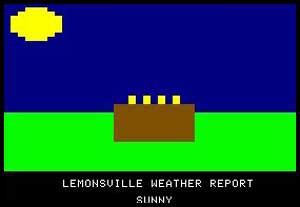An idea that is begging — begging! — to be made into a game:
Smoke ‘Em If You Got ‘Em: Cigarette Black Markets In U.S. Prisons And Jails

Abstract
Since the mid-1980s, cigarette-smoking policies have become increasingly restrictive in jails and prisons across the United States. Cigarette black markets of various form and scale often emerge in jails and prisons where tobacco is prohibited or banned. Case studies of 16 jails and prisons were undertaken to understand the effects of cigarette bans versus restrictions on inmate culture and prison economies. This study describes how bans can transform largely benign cigarette “gray markets,” where cigarettes are used as a currency, into more problematic black markets, where cigarettes are a highly priced commodity. Analysis points to several structural factors that affected the development of cigarette black markets in the visited facilities: the architectural design, inmate movement inside and outside, officer involvement in smuggling cigarettes to inmates, and officer vigilance in enforcing the smoking policy. Although these factors affect the influx of other types of contraband into correctional facilities, such as illegal drugs, this study argues that the demand and availability of cigarettes creates a unique kind of black market.
 Rather like the old Lemonade Stand:
Rather like the old Lemonade Stand:
- A simplified economic model using a familiar and popular product (lemonade, cigarettes)
- In a familiar iconic setting (residential neighborhood, federal penitentiary)
Update: consider these lyrics from The Big Rock Candy Mountain …
Oh the buzzin’ of the bees
In the cigarette trees
Near the soda water fountain
At the lemonade springs
Where the bluebird sings
On the big rock candy mountain
Cigarette trees? Lemonade springs? Many a Hobo has spent many a night in jail. What exactly is the Hobo’s Anthem trying to tell us about the relationship between prisons and cigarettes and lemonade?